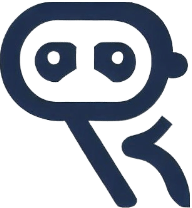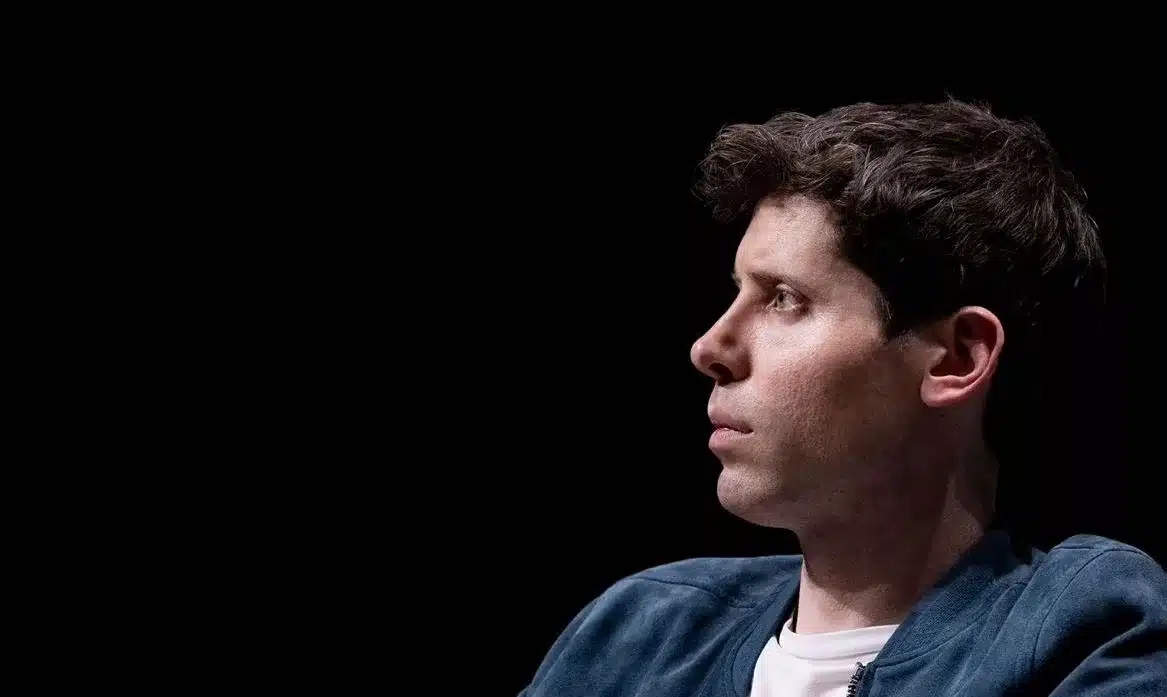The OpenAI Plot Thickens: Altman’s Firing and Rehire Negotiations
As someone deeply fascinated by the ever-evolving landscape of artificial intelligence, the recent uproar at OpenAI, involving Sam Altman’s firing and potential re-hiring, caught my attention in a way few other industry events have.
It’s not every day that we witness such a dramatic shift at the helm of one of the leading AI organizations in the world.
My interest in this situation goes beyond mere curiosity; it touches on the broader implications of leadership, strategy, and vision in tech companies, especially those steering us into the future of AI.
When I first heard about Sam Altman’s dismissal from his CEO position at OpenAI, I was stunned.
Here was a leader who, in my view, had become almost synonymous with the organization’s public persona.
Altman’s approach and vision for OpenAI had always struck me as forward-thinking and ambitious, aligning closely with the rapid pace of AI innovation that many of us in the tech community admire and chase.
But as I delved deeper into the timeline of events and the subsequent reactions, I realized that this was more than just a corporate reshuffle.
It was a reflection of the dynamic, sometimes unpredictable nature of the tech world.
This unfolding story, with its twists and turns, serves as a vivid reminder of how quickly things can change in the high-stakes world of technology leadership.
PS: This article was crafted with Jasper AI‘s assistance.
The Unfolding Drama at OpenAI
Let’s rewind to the start of this whirlwind.
It all began late on a Thursday, with Ilya Sutskever, OpenAI’s Chief Scientist, sending a seemingly routine text to Altman about scheduling a call for Friday noon.
Little did anyone know, this call would mark the beginning of a series of events that would shake the foundations of OpenAI.
The next day, in a move that I found both shocking and ironic, Altman was fired via a chat on Google Meet.
For someone like me, who has always viewed OpenAI as a beacon of modern tech leadership, seeing such a pivotal decision made over a digital platform was a stark reminder of the tech-dominated world we live in.
Shortly after Altman’s firing, Greg Brockman, OpenAI’s President, received a text from Sutskever for a quick call.
During this call, he learned about his removal from the board as chairman and Altman’s firing.
This, to me, was a crucial moment. It highlighted the swift and decisive nature of the board’s actions, which seemed to catch even the most senior figures at OpenAI off guard.
The Aftermath and Corporate Responses
The announcement of Altman’s firing sent ripples through OpenAI.
As someone observing the unfolding events, I was keenly interested in how the organization and its key partners would respond.
One of the first public acknowledgments came from Microsoft CEO Satya Nadella.
Microsoft, a significant investor in OpenAI, reaffirmed its commitment to the partnership, despite being evidently caught off-guard by these leadership changes.
In my opinion, Microsoft’s response was particularly noteworthy. Given their substantial investment, the lack of direct influence over OpenAI’s governance struck me as a unique aspect of their partnership.
Their statement seemed to balance support with a hands-off approach, reflecting the complexities of such high-level collaborations in the tech industry.
Later, an internal memo from OpenAI COO Brad Lightcap was revealed. It clarified that the decision to dismiss Altman was not related to any misconduct or failings in OpenAI’s operational aspects.
Instead, it pointed to a breakdown in communication between Altman and the board.
This revelation was a crucial piece of the puzzle, shedding light on the possible internal dynamics that led to this surprising decision.
Diverging AI Approaches and Internal Power Struggle
The more I read and reflected on the situation, the clearer it became that at the heart of this upheaval were two contrasting approaches to AI development within OpenAI.
On one side were Sam Altman and Greg Brockman, advocates of what I’d call an ‘industrial approach.’
This strategy focuses on rapidly deploying AI technologies, aligning with the spirit of techno-optimism that champions swift innovation.
On the other side was a group led by Chief Scientist Ilya Sutskever, favoring what might be termed an ‘academic approach.’
This school of thought emphasizes deep research and cautious development, prioritizing areas like AI interpretability and alignment over consumer-oriented products.
To me, this divide is more than just a matter of business strategy. It reflects a broader debate within the AI community.
The industrial approach often aligns with those pushing for accelerated innovation, while the academic approach resonates with AI safety advocates.
This is not just about technology; it’s about the people behind it and the decisions they make.
The power struggle between these two visions at OpenAI is a microcosm of the passionate debates driving the AI field forward.
OpenAI’s Leadership Flip-Flop: Altman’s Firing and Rehire Talks
In a twist that could only befit the fast-paced world of tech, there’s now talk of re-hiring Sam Altman as CEO of OpenAI.
This development is not just surprising but also highly indicative of the complex dynamics at play within the organization.
Altman’s potential return, however, comes with a caveat – he’s reportedly seeking significant changes in how OpenAI’s board governs.
According to sources like The Verge, the OpenAI board is actively discussing this possibility.
Altman, who was abruptly fired with little notice, appears ambivalent about returning. His conditions for a comeback highlight the underlying governance and strategic issues that may have led to his initial dismissal.
This situation raises several questions about the decision-making processes and the future direction of OpenAI.
The fact that Altman is open to returning, albeit under altered conditions, suggests a potential reconciliation or at least a realignment of visions within OpenAI.
Personal Reflections and Broader Implications
Reflecting on the tumult at OpenAI, I can’t help but find the situation deeply ironic.
The faction reputedly favoring careful research and safety made a swift, decisive move that seemed to lack a comprehensive communication strategy.
This whirlwind of events is a stark reminder of the unpredictable nature of the tech world, where today’s solid ground can become tomorrow’s shifting sands.
I see this not just as corporate drama, but as a pivotal moment in the journey of AI development.
The stark contrast between OpenAI’s internal approaches highlights the multifaceted nature of AI progress. It’s not merely about technological advancements; it’s also about the human elements—the visions, decisions, and debates that drive this field forward.
The rapid changes at OpenAI serve as a testament to the vibrancy and dynamic nature of the AI space.
While the situation might appear chaotic, it also underscores the essence of growth, exploration, and the relentless pursuit of innovation in this field.
It reminds me of the importance of balancing rapid technological advancement with thoughtful consideration of its broader implications.
Embracing Change in the AI World
As I conclude my thoughts on this episode, I am reminded that change is the only constant in the AI world.
What seems shocking today might become a mere footnote in the grand narrative of AI development tomorrow.
We are part of a rapidly evolving landscape, where today’s breakthroughs lay the groundwork for tomorrow’s wonders.
While I am an enthusiast of fast-paced innovation and the opportunities it brings, the situation at OpenAI threw me for a loop.
Sam Altman’s journey at OpenAI, and his potential return under new conditions, is something I’ll be watching closely. I hope for the best outcome for all involved and remain optimistic about the future of AI.
As we navigate these exciting yet unpredictable waters, let’s not lose sight of the incredible opportunities and advancements AI brings to our lives.
The story of OpenAI isn’t just about corporate drama; it’s about the relentless spirit of discovery and bold steps toward a future shaped by intelligent technology.
FAQs
Why was Sam Altman fired from OpenAI?
While the specific reasons for Sam Altman’s firing have not been publicly detailed, an internal memo suggested it was due to a breakdown in communication between Altman and the board, rather than any malfeasance or operational failings. As an observer, I believe it also reflects deeper ideological differences within OpenAI regarding their approach to AI development.
What are the differing approaches within OpenAI?
OpenAI seems to have been divided between two approaches. One, which I refer to as the ‘industrial approach,’ advocated by Altman and Brockman, focuses on rapid deployment of AI technologies. The other, the ‘academic approach,’ led by Chief Scientist Ilya Sutskever, emphasizes deeper research and cautious development, particularly in areas like AI interpretability and alignment.
How has Microsoft, a significant investor in OpenAI, reacted to these changes?
Microsoft, despite its substantial investment, expressed continued commitment to its partnership with OpenAI. Their response, as noted earlier, was supportive yet hands-off, highlighting the complex nature of their relationship with OpenAI and the autonomy OpenAI maintains in its decision-making processes.
What does this situation reveal about the state of the AI industry?
This episode at OpenAI vividly illustrates the dynamic and unpredictable nature of the tech world, especially in the AI sector. It underscores the importance of leadership, communication, and the balance between rapid innovation and thoughtful development in shaping the future of technology.
What can we expect for the future of OpenAI and Sam Altman?
As of now, there are discussions about potentially re-hiring Sam Altman as CEO, contingent on changes in governance. This development, along with the responses from other key figures, suggests that the situation is still fluid. It will be interesting to see how OpenAI navigates these changes and what direction it takes in the future.

